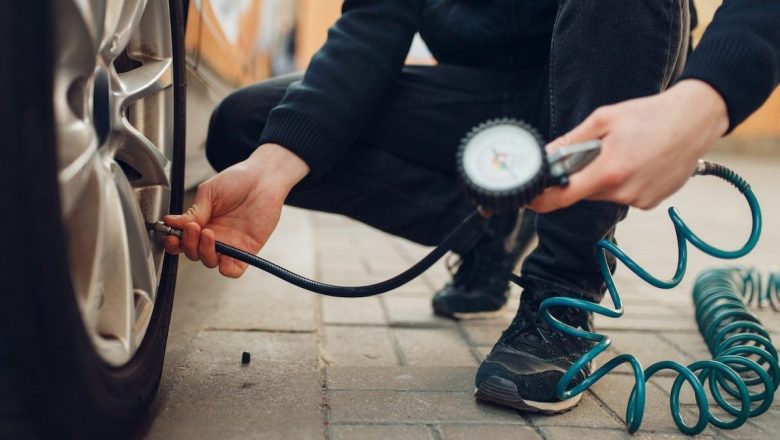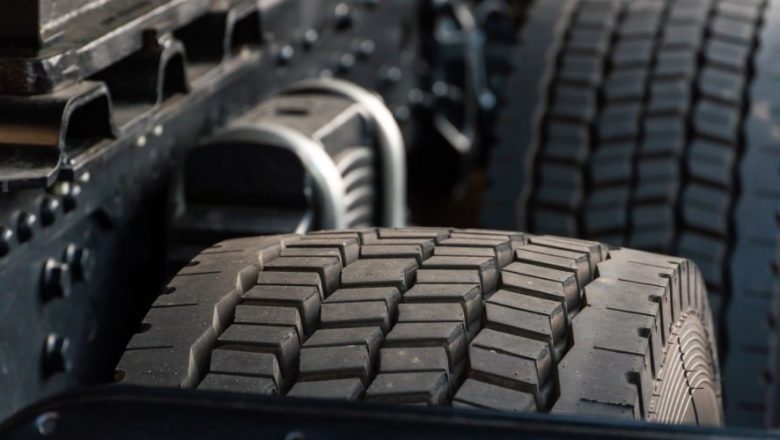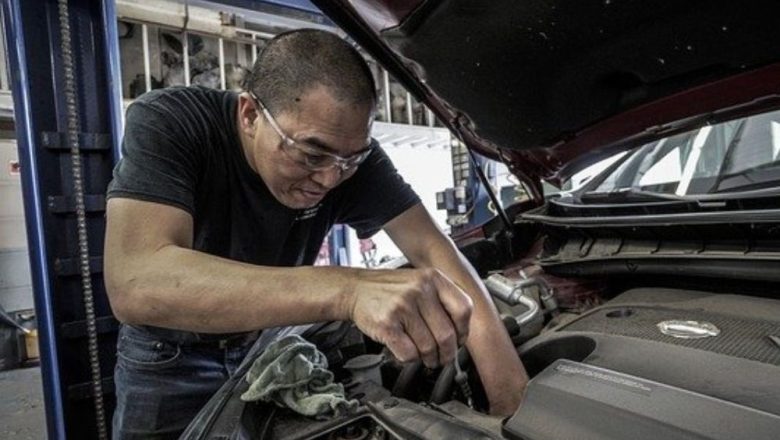
Warning Signs You Should Never Ignore in Your Car
Modern cars are equipped with systems that alert drivers to problems before they become serious. From dashboard lights to odd smells and vibrations, these warning signs exist to keep you safe and prevent costly repairs. Ignoring them can lead to major damage or breakdowns, so it is vital to recognise what they mean and act quickly.
Car Warning Signs To Look Out For
Dashboard Warning Lights
The most obvious alerts come from the lights on your dashboard. The check engine, oil pressure, brake and battery symbols each signal specific faults that require attention. Some may point to minor issues, but others warn of problems that could damage the vehicle if left unchecked. Understanding what each light means and never ignoring one that stays on is key to keeping your car reliable.
Check Engi...







